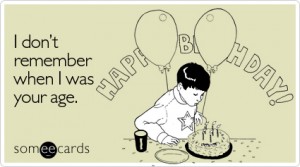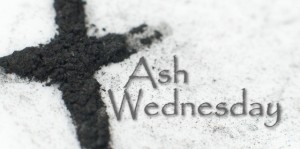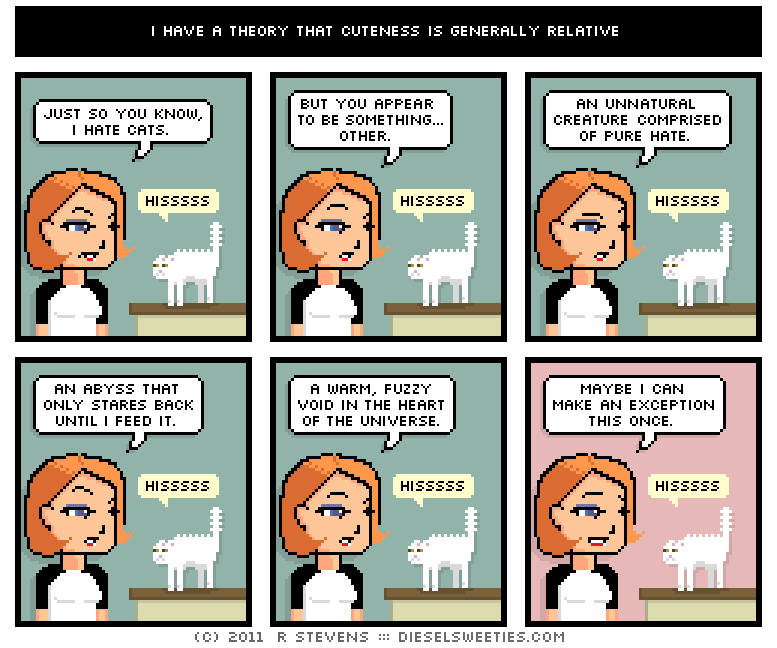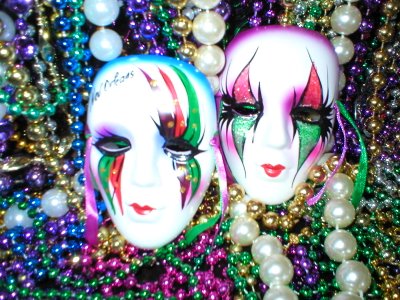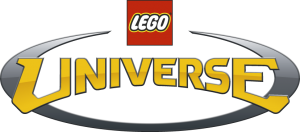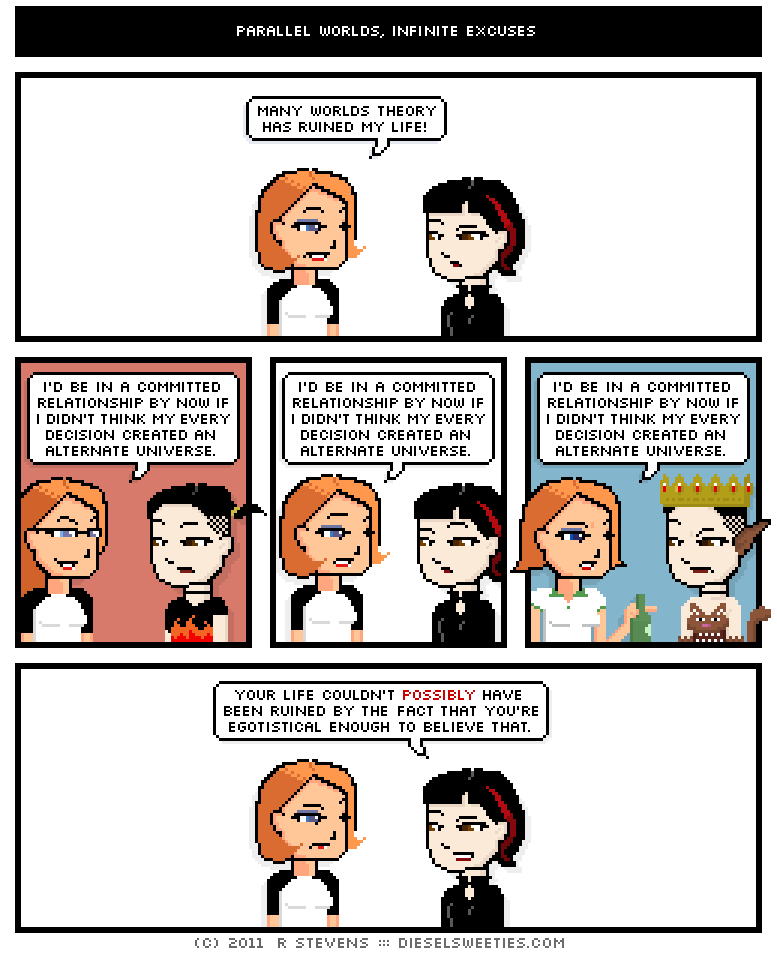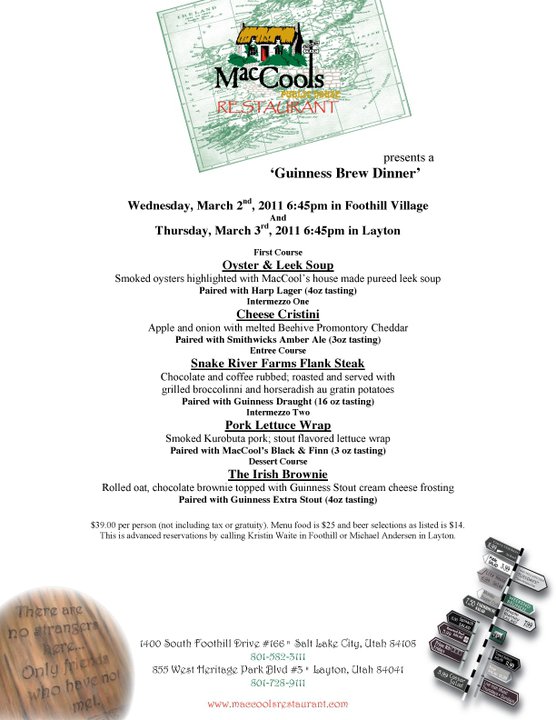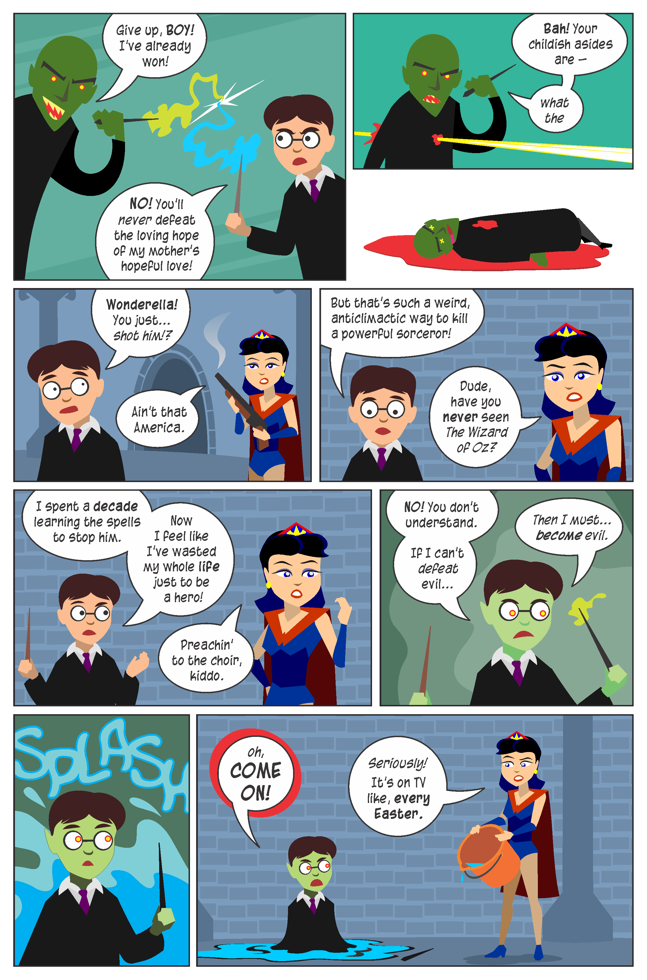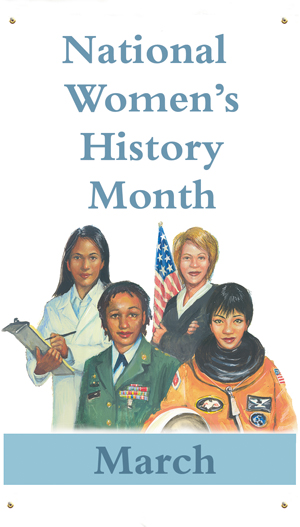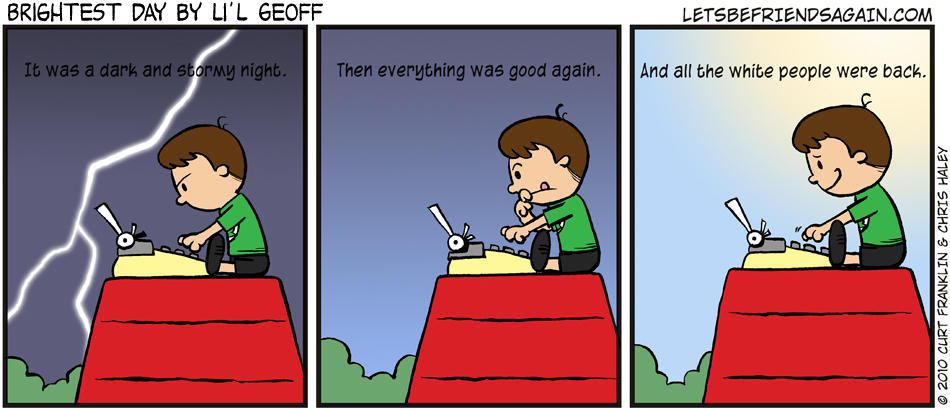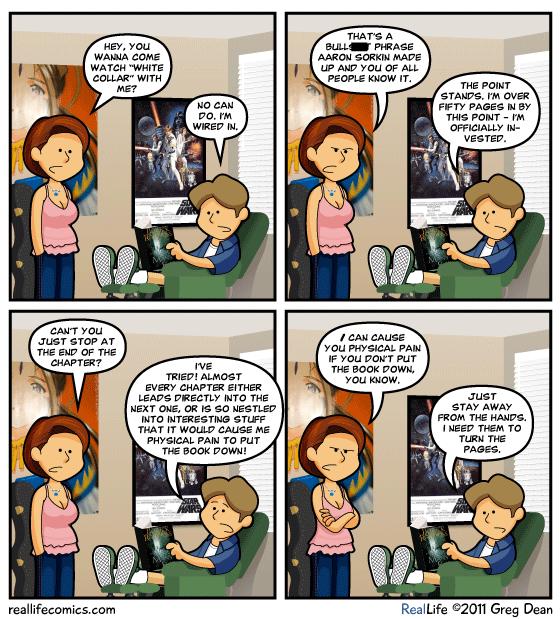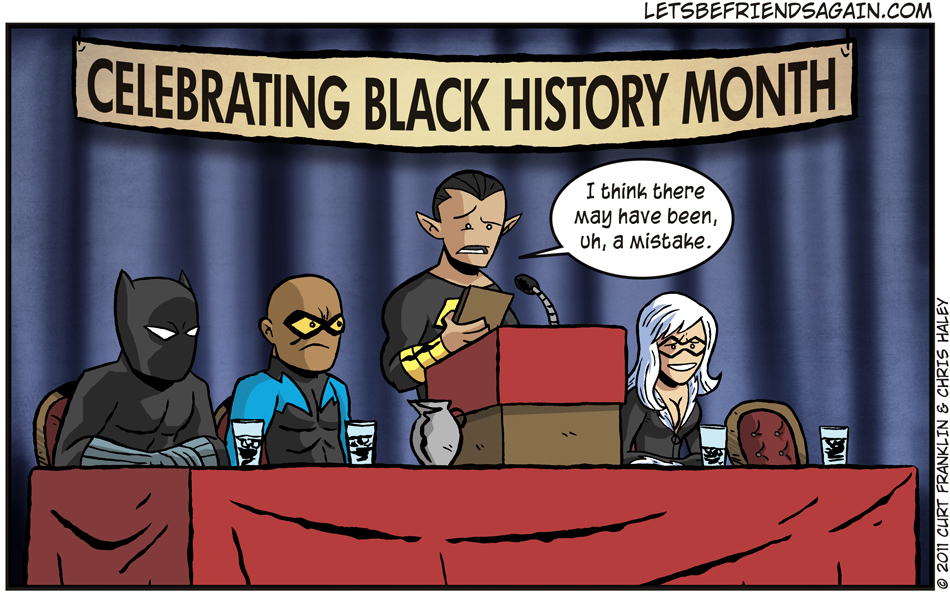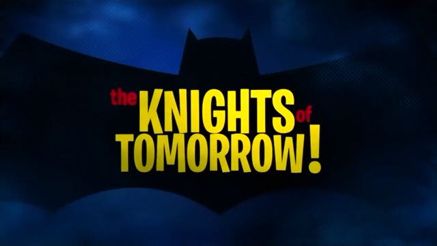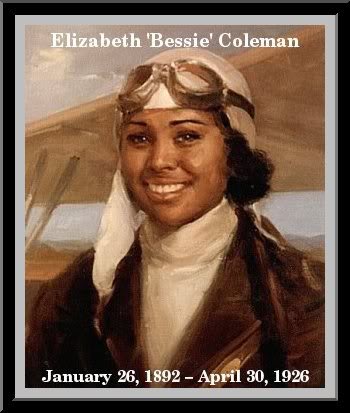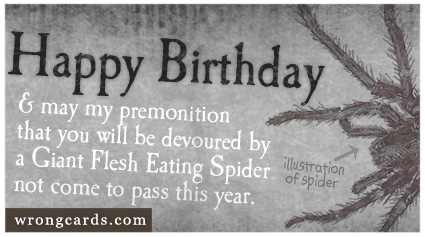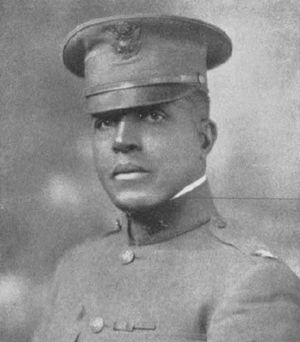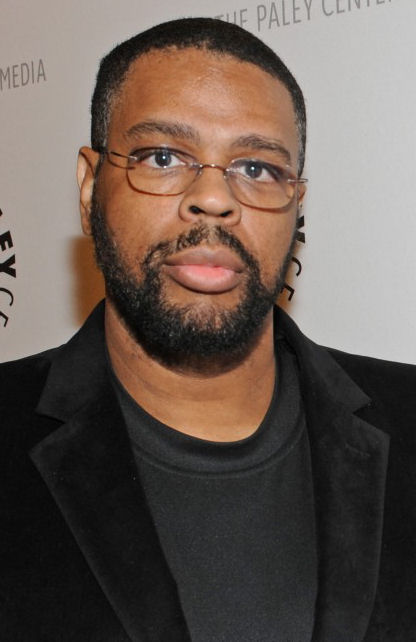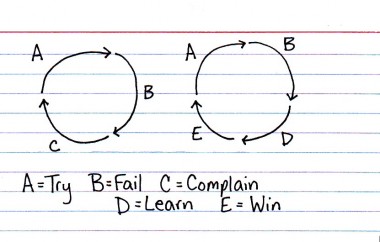Monday – 28 February 2011
Another week of workin’ begins. This one includes some high, hazy clouds, but the sun is out and it’s supposed to be a nominally warm day, so, in the words of Curtis Mayfield: “It’s Alright.”
Last night, we went up to SaraRules!’ parents’ for dinner: Baked fish (both cajun seasoned and parmesan) with rice pilaf and broccoli. After dinner, we watched The Long Kiss Goodnight. Long-time readers will recognize this movie as the top end of the “Cool World–Long Kiss Goodnight” scale, my metering for bad movies. It’s a one-dart movie, but it also had some amusing dialogue and some lovely over-the-top scenes. And, more to the point: My in-laws love a good, campy action flick, so it was a perfect choice.
After dinner and the movie, SaraRules! and I headed home. I’d gotten her Fables Vol. 14: Witches, so she curled up with that while I surfed the Interwebs. I’ve also discovered that Triscuits (Cracked Pepper and Olive Oil) with string cheese make a tasty pre-bed snack.
Chew on This: Food for Thought – Black History Month
This year’s final Black History Month item is the National Association for the Advancement of Colored People or N.A.A.C.P (1, 2, 3).
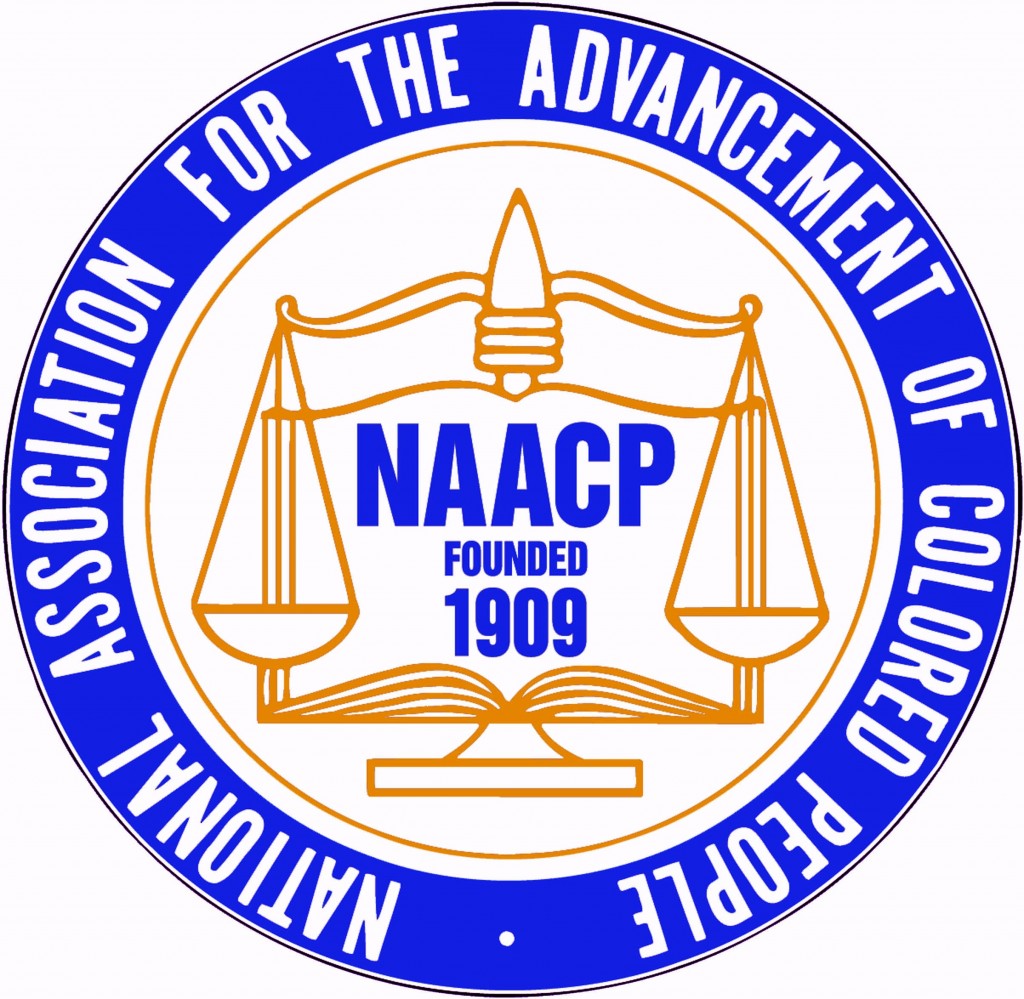
Founded February 12, 1909, the NAACP is the nation’s oldest, largest and most widely recognized grassroots-based civil rights organization. Its more than half-million members and supporters throughout the United States and the world are the premier advocates for civil rights in their communities, conducting voter mobilization and monitoring equal opportunity in the public and private sectors.
The National Association for the Advancement of Colored People, usually abbreviated as NAACP, is one of the oldest and most influential civil rights organizations in the United States. Its mission is “to ensure the political, educational, social, and economic equality of rights of all persons and to eliminate racial hatred and racial discrimination”. Its name, retained in accordance with tradition, is one of the last surviving uses of the term colored people.
The NAACP’s headquarters are in Baltimore, Maryland, with additional regional offices in California, New York, Michigan, Colorado, Georgia, Texas and Maryland. Each regional office is responsible for coordinating the efforts of state conferences in the states included in that region. Local, youth, and college chapters organize activities for individual members. The NAACP is run nationally by a 64-member board led by a chair. The board elects one person as the President and one as chief executive officer for the organization; Benjamin Jealous is its most recent (and youngest) President.
In 1905, a group of 32 prominent, outspoken African Americans met to discuss the challenges facing “people of color” (a term used to describe people who were not white) and possible strategies and solutions. Because hotels in the U.S. were segregated, the men convened under the leadership of Harvard scholar W. E. B. Du Bois at a hotel (Fort Erie Hotel) on the Canadian side of Niagara Falls in Fort Erie, Ontario. As a result, the group came to be known as the Niagara Movement. A year later, three whites joined the group: journalist William E. Walling, social worker Mary White Ovington, and social worker Henry Moskowitz, then Associate Leader of the New York Society for Ethical Culture.
The Race Riot of 1908 in Lincoln’s hometown of Springfield, Illinois had highlighted the urgent need for an effective civil rights organization in the U.S. This event is often cited as the catalyst for the formation of the NAACP. Mary White Ovington, journalist William English Walling and Henry Moskowitz met in New York City in January 1909 and the NAACP was born. Solicitations for support went out to more than 60 prominent Americans, and a meeting date was set for February 12, 1909. This was intended to coincide with the 100th anniversary of the birth of President Abraham Lincoln, who emancipated enslaved African Americans. While the meeting did not take place until three months later, this date is often cited as the founding date of the organization.
The NAACP was founded on February 12, 1909 by a diverse group composed of Du Bois, Ida B. Wells, Archibald Grimké, Henry Moscowitz, Mary White Ovington, Oswald Garrison Villard, William English Walling (the last son of a former slave-holding family), and Florence Kelley, a social reformer and friend of Du Bois.
During the Great Depression of the 1930s, which was disproportionately disastrous for African Americans, the NAACP began to focus on economic justice. After years of tension with white labor unions, the Association cooperated with the newly formed Congress of Industrial Organizations in an effort to win jobs for black Americans. Walter White, a friend and adviser to First Lady Eleanor Roosevelt, met with her often in attempts to convince President Franklin D. Roosevelt to outlaw job discrimination in the armed forces, defense industries and the agencies spawned by Roosevelt’s New Deal legislation.
Throughout the 1940s the NAACP saw enormous growth in membership, recording roughly 600,000 members by 1946. It continued to act as a legislative and legal advocate, pushing for a federal anti-lynching law and for an end to state-mandated segregation. By the 1950s the NAACP Legal Defense and Educational Fund, headed by Marshall, secured the last of these goals through Brown v. Board of Education (1954), which outlawed segregation in public schools. The NAACP’s Washington, D.C., bureau, led by lobbyist Clarence M. Mitchell Jr., helped advance not only integration of the armed forces in 1948 but also passage of the Civil Rights Acts of 1957, 1964, and 1968, as well as the Voting Rights Act of 1965.
Heading into the 21st century, the NAACP is focused on disparities in economics, health care, education, voter empowerment and the criminal justice system while also continuing its role as legal advocate for civil rights issues. Yet the real story of the nation’s most significant civil rights organization lies in the hearts and minds of the people who would not stand idly by while the rights of America’s darker citizens were denied.
While much of NAACP history is chronicled in books, articles, pamphlets and magazines, the true movement lies in the faces—black, white, yellow, red, and brown—united to awaken the consciousness of a people and a nation. The NAACP will remain vigilant in its mission until the promise of America is made real for all Americans.
Stray Toasters
Namaste.


